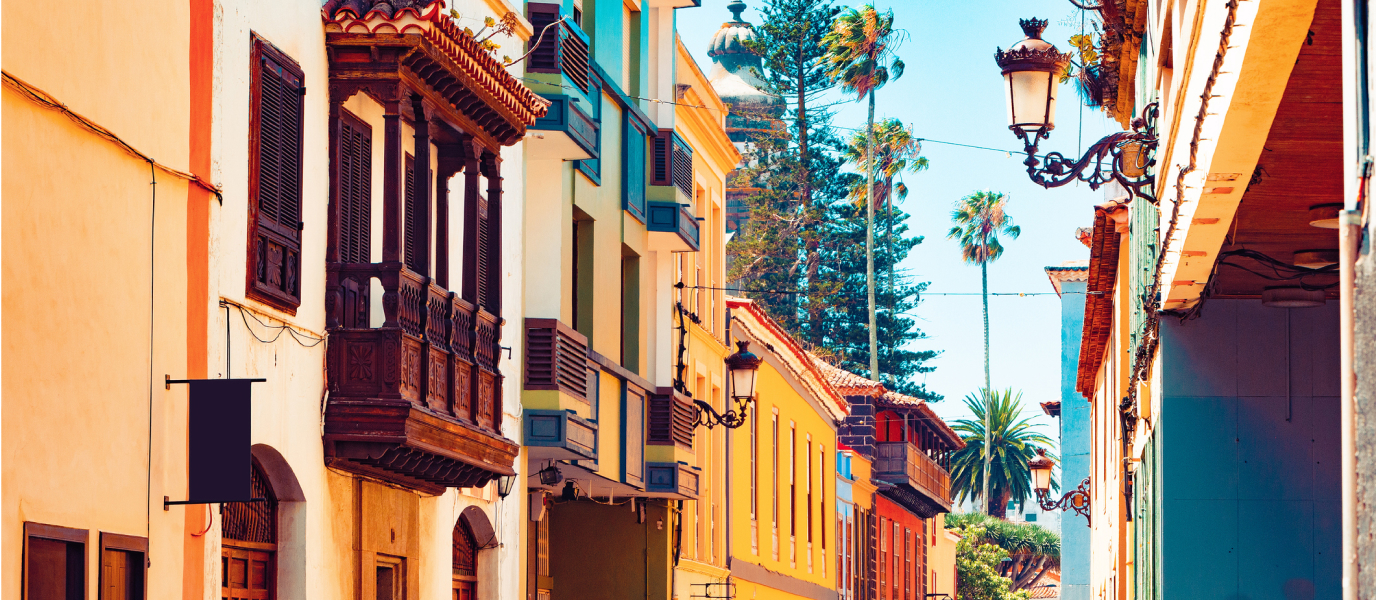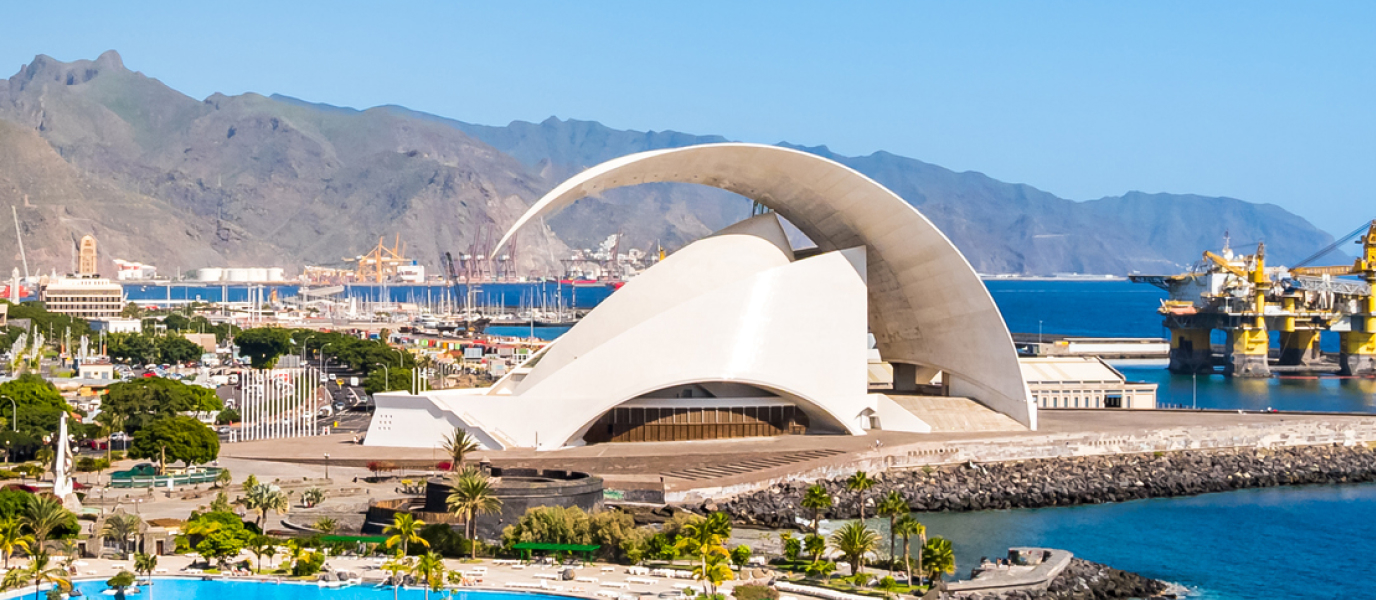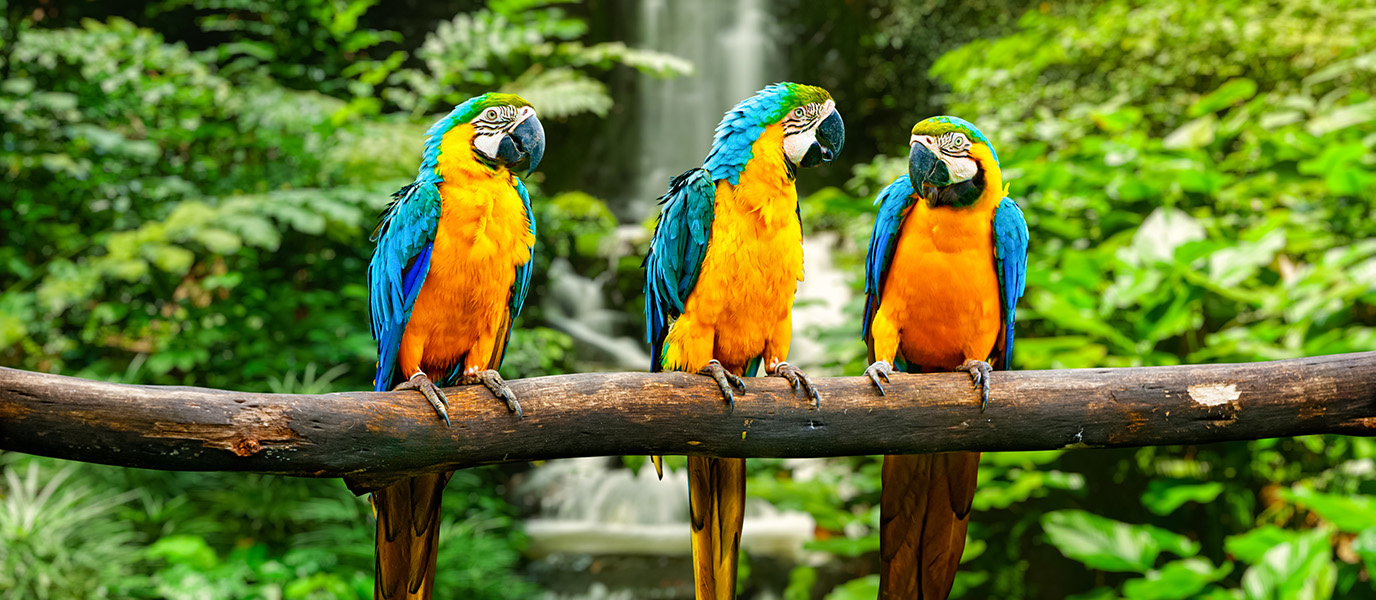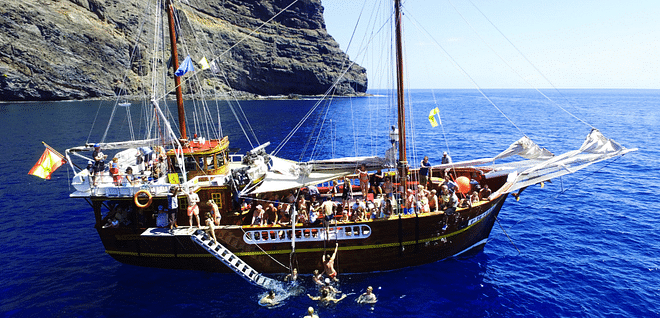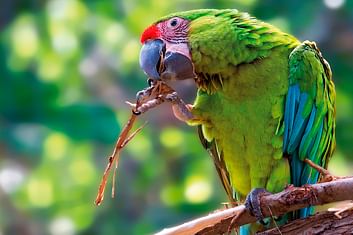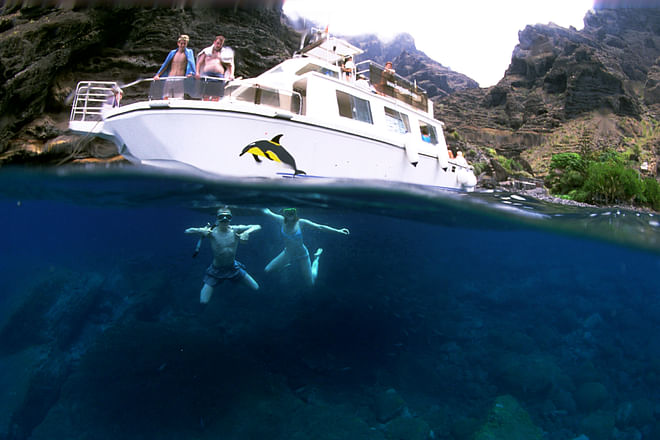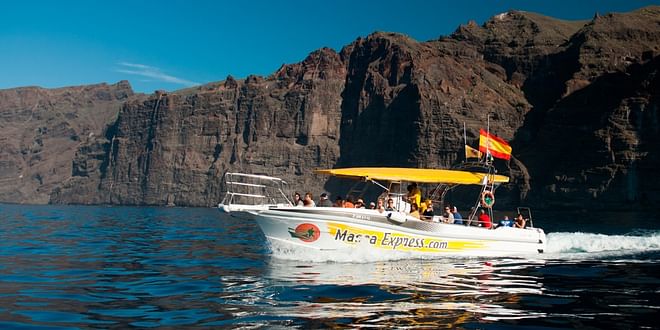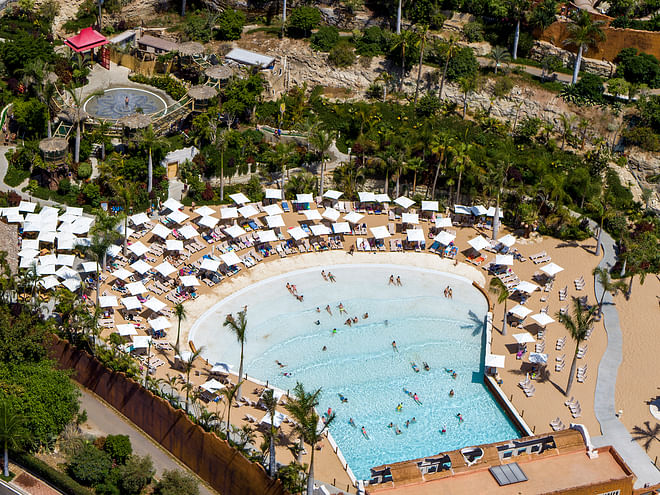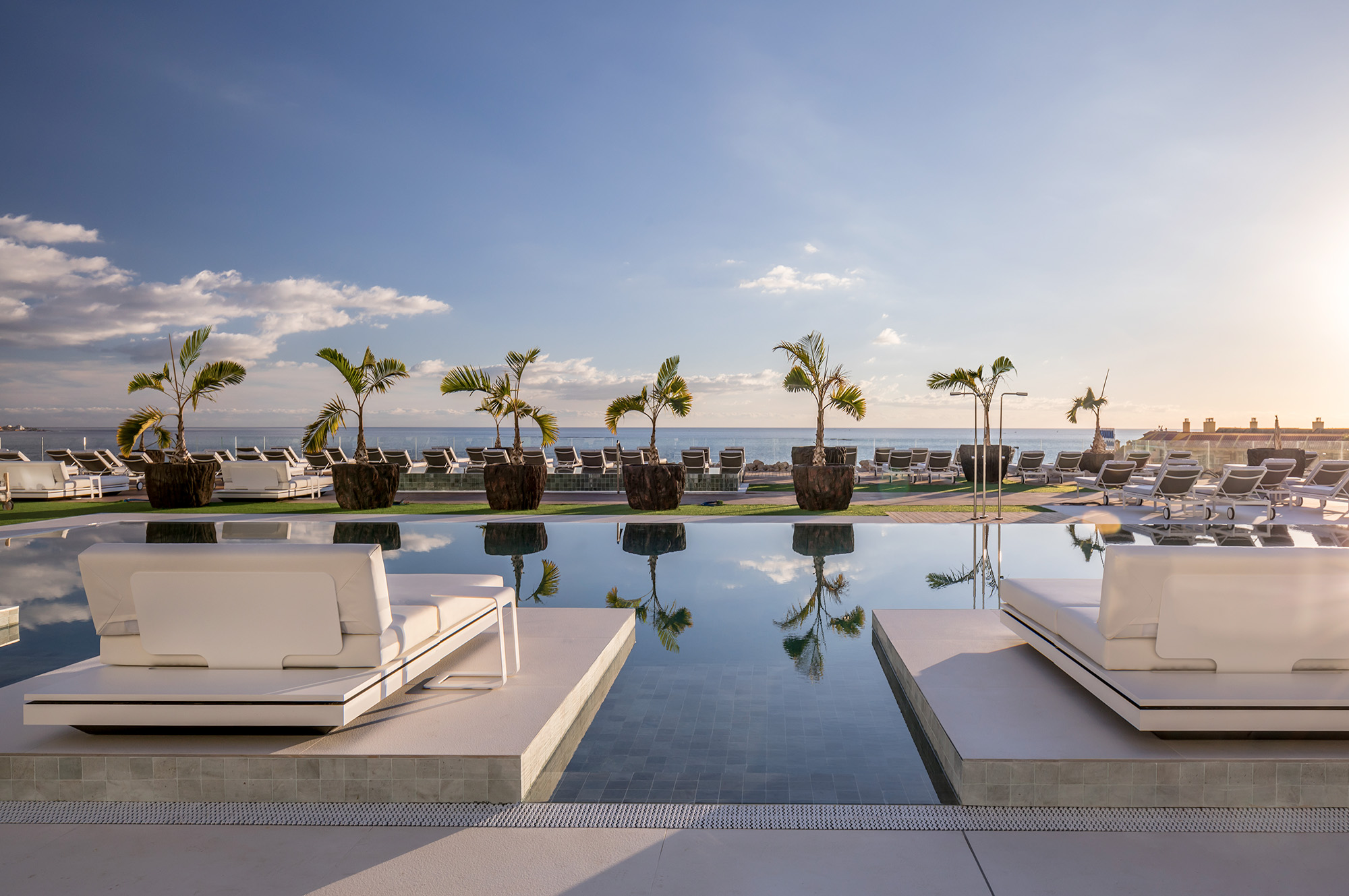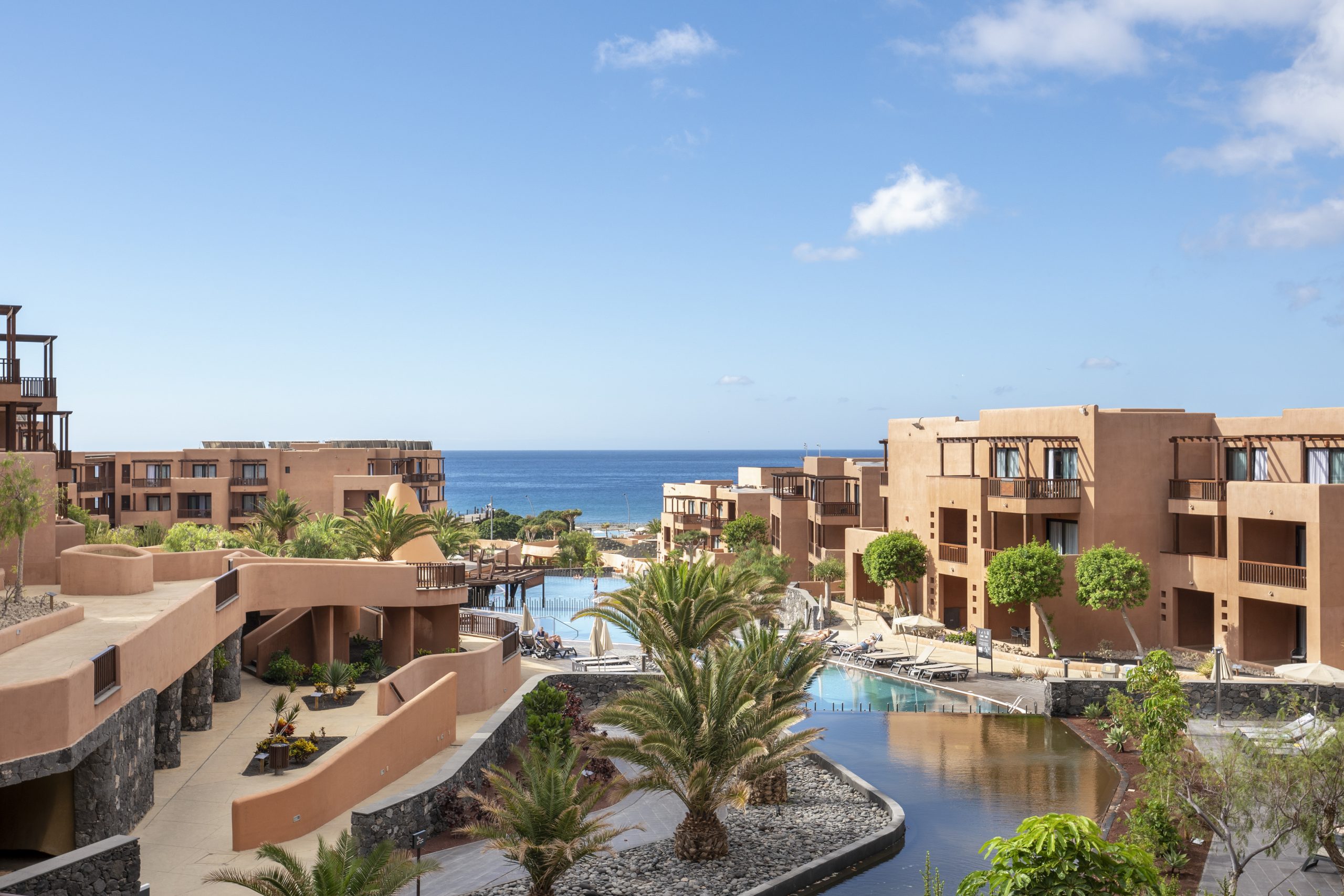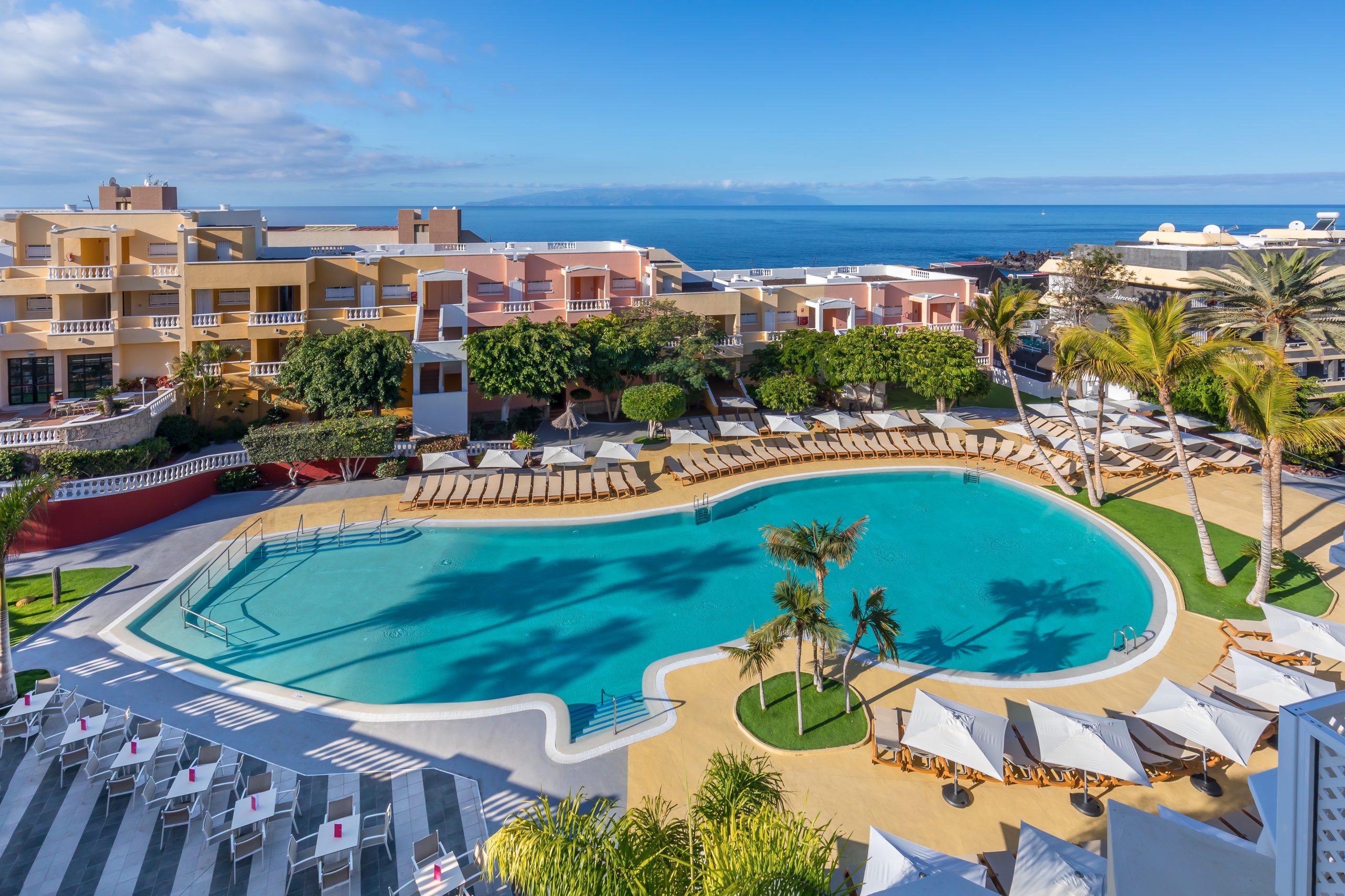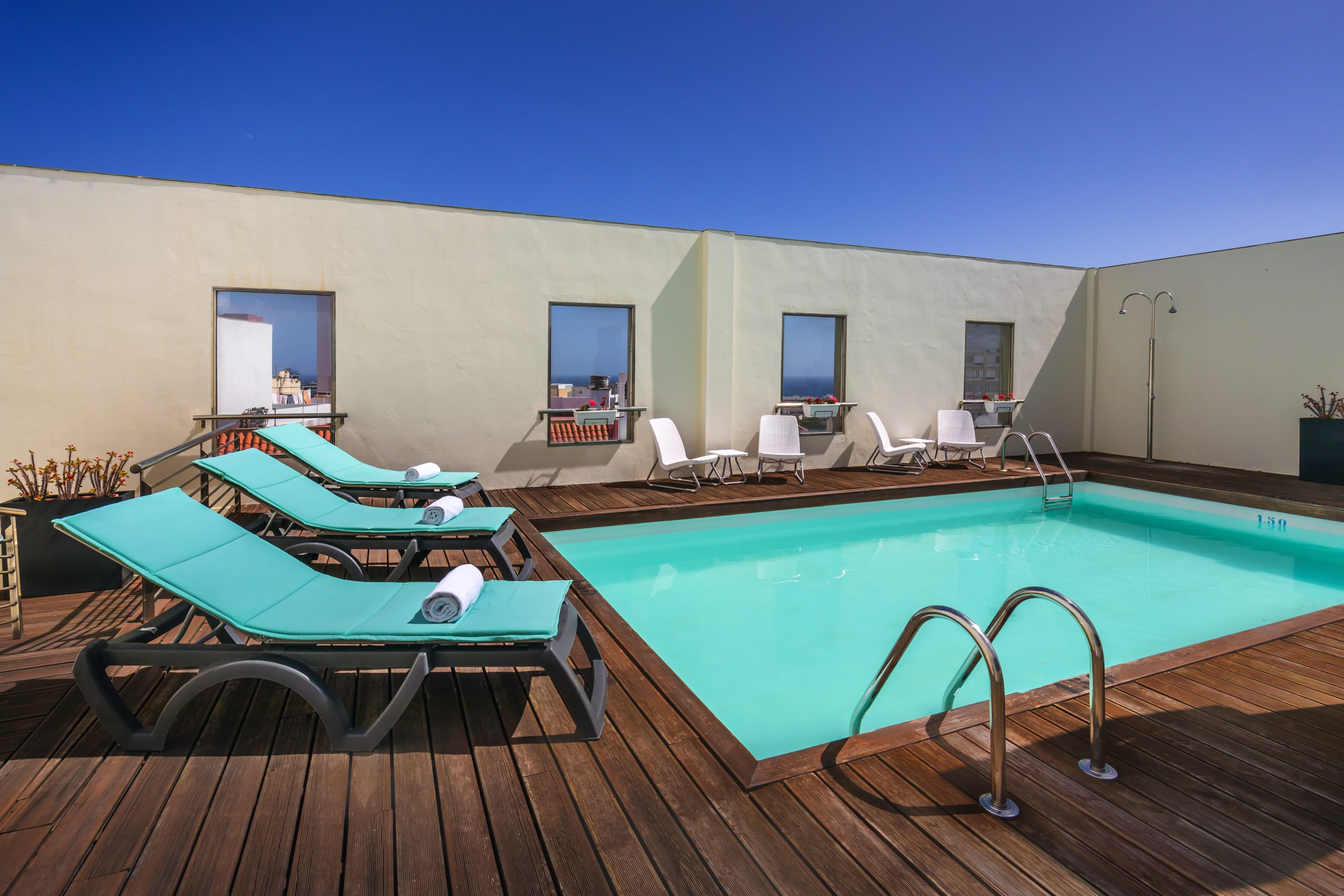The historic centre of the town of La Orotava boasts a series of attractive residences built between the sixteenth and seventeenth centuries according to the standards of the Canary Islands’ traditional architecture. Their stately façades, courtyards filled with tropical vegetation and the efforts of the municipality to preserve the island’s traditions are more than enough reasons to visit the Casa de los Balcones [House of the Balconies], as well as Casa Eladia Machado and Casa Lercaro—three buildings that allow you to envisage how local people lived during the early modern period.
In this article we will pay special attention to the first of the three—the Casa de los Balcones—outlining exactly why you mustn’t miss it, whilst providing you with all the information needed to plan your visit.
Discovering the Casa de los Balcones in La Orotava, a house where time stood still
As soon as you approach the Casa de los Balcones along Calle San Francisco you are able to appreciate that it is no ordinary house. It’s impossible not to notice the continuous balcony on the top floor, which seems as if it wants to connect with that of the neighbouring property at number five.
Many people mention the parallels between its wooden gallery and the long, continuous balconies that can be seen in far-away cities such as the capital of Peru. It’s little wonder, as the Canary Islands were an essential port of call for transoceanic voyages between the Iberian Peninsula and the Americas, a factor that inevitably left its mark in terms of architecture, gastronomy and language, among others.
However, going back to its three-storey façade, the first two storeys display large rectangular windows (those on the first floor boast balconies adorned with flowerpots), whilst on the second floor the elegant long balcony is sheltered beneath a roof, hinting at what visitors will find on the inside of the building.
Inside the Casa de los Balcones: a haven brimming with life
What was once the residence of the Méndez-Fonseca is organised around a central courtyard, a common feature of the island’s traditional architecture, as the open space helps to improve ventilation. Currents of air and the shade provided by the native vegetation turn the courtyard into a pleasant refuge from the high temperatures.
The space is lavishly adorned with all types of decorative objects and supported by an incredible tea-wood structure that is as beautiful as it is strong. On the ground floor it manifests in the form of Corinthian columns raised on top of bases, acquiring particular splendour in the upper galleries, which boast beautiful lattices that allow one to see without being seen, and balustrades accompanied by wooden panels with flower motifs. Without a shadow of a doubt, the courtyard is a treasure trove of traditional Canarian carpentry.
More reasons to visit the Casa de los Balcones
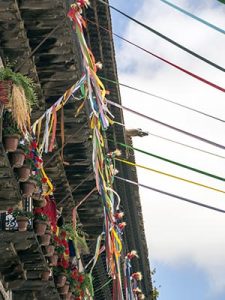
Another of the great attractions of this residence situated in the heart of La Orotava is the fact that its rooms have been preserved in their original state, providing excellent insight into what life was like for local gentry centuries ago.
The house-museum is also considered the temple of calado canario, a type of openwork embroidery very popular in the archipelago, made by unravelling fabric that is tightened on a frame. Interestingly, it is still made to this day at the Casa de los Balcones with traditional techniques and patterns passed down from generation to generation. Visitors can observe the production process as well as buying tablecloths produced according to the technique.
Likewise, at the Casa de los Balcones shop you can also buy typical products used in local cuisine, such as jams, artisan confectionary, almogrote (a paste made from cheese and red peppers) and the popular mojos (the classic green or red sauces of the Canary Islands). It also sells jewellery made from volcanic rock such as obsidian and olivine, a type of mineral that is widely used in Tenerife and Lanzarote.
And whilst you’re in La Orotava, it’s worth paying a visit to Casa Eladia Machado, where you can learn about the production process behind the famous carpets of volcanic rock and flowers that decorate the town during the feast of Corpus Christi, as well as Casa Lercaro, which boasts magnificent views of Mount Teide and La Orotava Valley.





























































